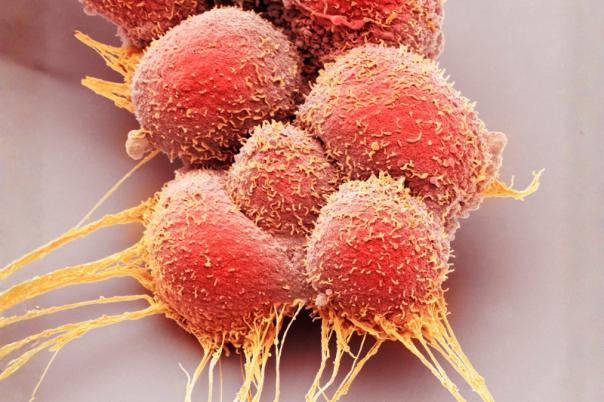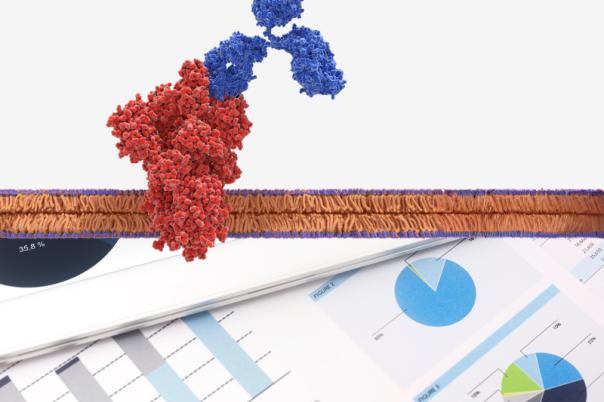With the industry now embracing multispecifics and new complex antibody formats, there are now more characteristics and applications than ever available to antibody developers. However, choosing the right format for the application is vital because this will significantly influence the pharmacokinetics (PK) and therefore the likelihood of clinical success.
In this presentation Thomas Kraft outlines the work of Stefan Weise, a Postdoctoral Scientist at Roche, which investigates how complex antibody formats affect non-specific PK properties. The clearance of antibodies can occur in multiple ways inside the cell, both target-mediated and nonspecific. The case of nonspecific clearance is applicable to all antibodies. This works via pinocytosis: where the cell ingests a ‘gulp’ of extracellular fluid.
When an antibody is picked up through this process, it can either bind to FcRn and be recycled back into circulation, or if it doesn’t bind to FcRn, it gets degraded. Antibodies typically have a one in ten chance of getting degraded in the lysosome, however this probability is different with different formats.
Kraft then turned to the question of improving the pharmacokinetic fate of antibodies. He suggested three main dials that can be used to alter the non-specific clearance properties of large molecules: Fv sequence biophysical properties, FcRn engineering, and the complexity of the antibody format.
The team designed relevant molecules to investigate modulating the PK of antibodies. Kraft then went over some of the experimental findings. Increasing n-terminal Fabs enhances cellular accumulation and clearance, while placing Fabs at the C terminus significantly reduces clearance. Furthermore, they found that one-armed antibodies exhibit higher clearance than two-armed ones, attributed to additional renal clearance pathways.
They also found that recycling efficiency varies with antibody format, showing that C-terminal Fabs improve recycling efficiency beyond standard IgGs. FcRn engineering can enhance recycling for poorly performing formats significantly, while well-performing formats see minimal improvements.





